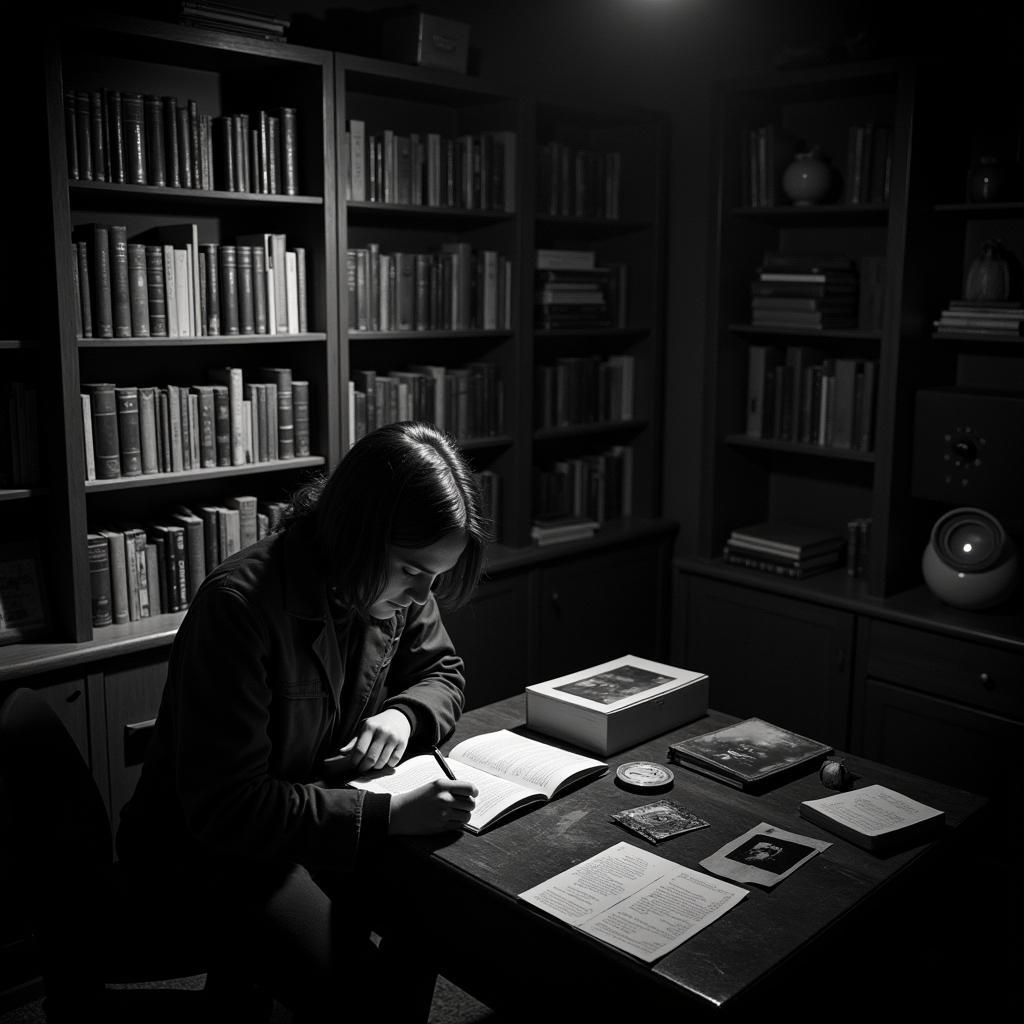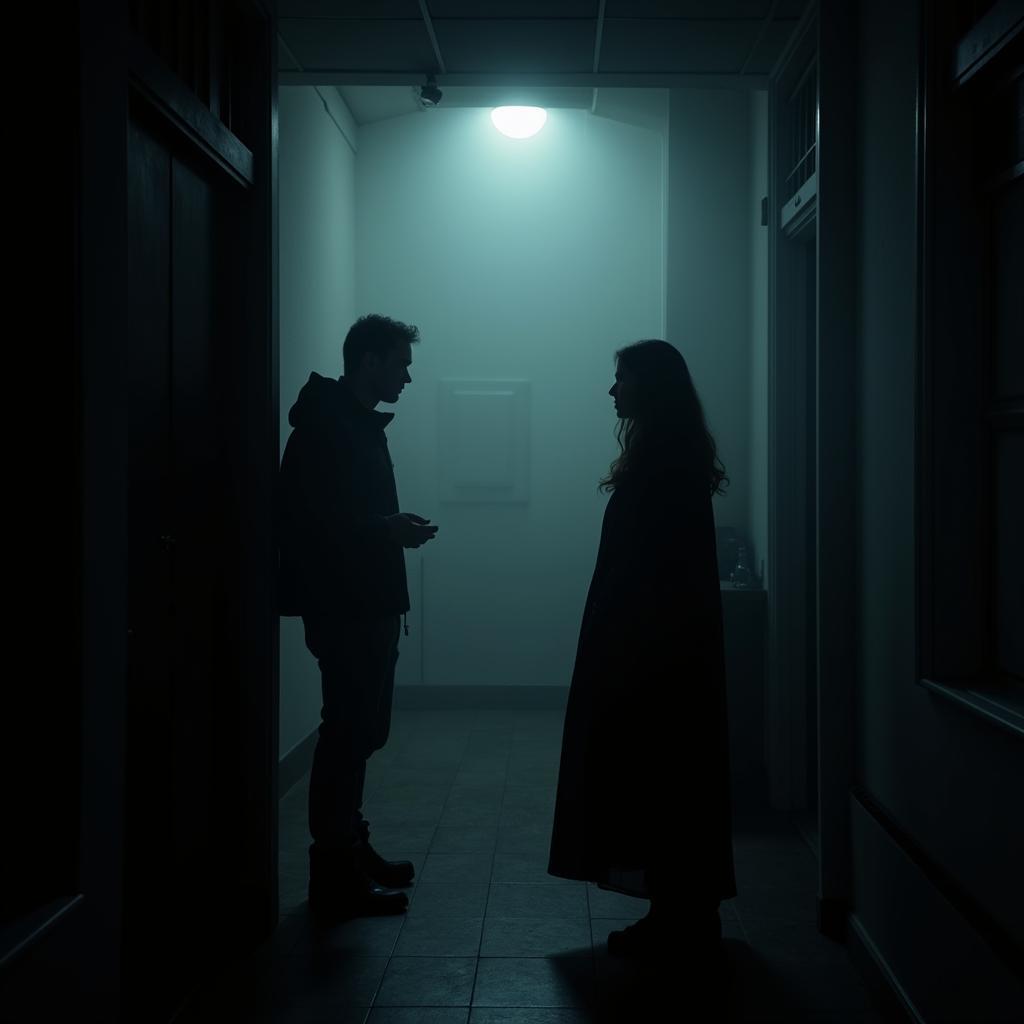Qualitative research in the paranormal often feels like navigating a labyrinth blindfolded. We seek answers in the ethereal, the intangible, where concrete proof eludes us. And yet, the human element, the very lens through which we interpret these experiences, can be the biggest source of bias, casting long shadows on our findings.
 Qualitative Research in Paranormal Investigations
Qualitative Research in Paranormal Investigations
The Elusive Nature of Truth in Paranormal Research
Unlike quantitive research, which relies on measurable data, qualitative research delves into the “why” and “how” of human experiences. It’s about understanding perceptions, interpretations, and meanings. But when dealing with paranormal phenomena, which are often subjective and open to interpretation, how do we ensure objectivity?
One of the key challenges is acknowledging that researchers, even seasoned investigators, aren’t immune to their own beliefs and preconceptions. Are you more likely to interpret a faint sound in a supposedly haunted house as a ghost if you already believe in them? This is where reflexivity in qualitative research plays a crucial role.
 Researcher Bias in Paranormal Studies
Researcher Bias in Paranormal Studies
How Bias Creeps into Qualitative Research
Imagine interviewing witnesses of a supposed UFO sighting. Each individual brings their own worldview, cultural background, and even personal fears to the table. A skeptic might dismiss any unusual lights in the sky as a weather phenomenon. A believer, however, might readily attribute it to extraterrestrial activity.
This doesn’t mean that their experiences are any less valid, but understanding the inherent biases that color their narratives is crucial to avoid skewed results. Some common types of bias that can creep into qualitative research include:
- Confirmation bias: Favoring information that confirms existing beliefs while downplaying contradictory evidence.
- Observer-expectancy effect: The researcher’s expectations unconsciously influencing the participants’ responses or behavior.
- Selective recall: Witnesses remembering details that align with their beliefs or the dominant narrative while forgetting others.
 Conducting Paranormal Interviews
Conducting Paranormal Interviews
Mitigating Bias: A Multifaceted Approach
So, how can we, as paranormal researchers, strive for objectivity when the very nature of our subject is steeped in subjectivity?
- Acknowledge your own biases: The first step is introspection. What are your beliefs about the paranormal? How might these beliefs influence your research?
- Triangulate your data: Don’t rely on a single source of information. Use multiple data collection methods like interviews, observations, and archival research.
- Employ rigorous analysis techniques: Look for disconfirming evidence. Don’t shy away from alternative explanations. Consider different theoretical perspectives.
- Seek peer review: Share your findings with other researchers, especially those who hold different viewpoints.
- Transparency is key: Clearly outline your methodology, including any limitations, in your research reports.
Conclusion: Embracing the Enigma
Qualitative research in the paranormal is not about “proving” or “disproving” the existence of ghosts, UFOs, or other phenomena. It’s about exploring the importance of research and illuminating the human experience of the unknown.
By acknowledging the ever-present potential for bias and adopting rigorous methodologies, we can strive for greater objectivity in our explorations. Remember, the most compelling paranormal research doesn’t shy away from ambiguity but rather embraces the enigma with open-minded skepticism.
Need Help with Your Paranormal Research?
Contact us today!
Phone: 0904826292
Email: research@gmail.com
Address: No. 31, Alley 142/7, P. Phú Viên, Bồ Đề, Long Biên, Hà Nội, Việt Nam.
Our team is available 24/7 to assist you.